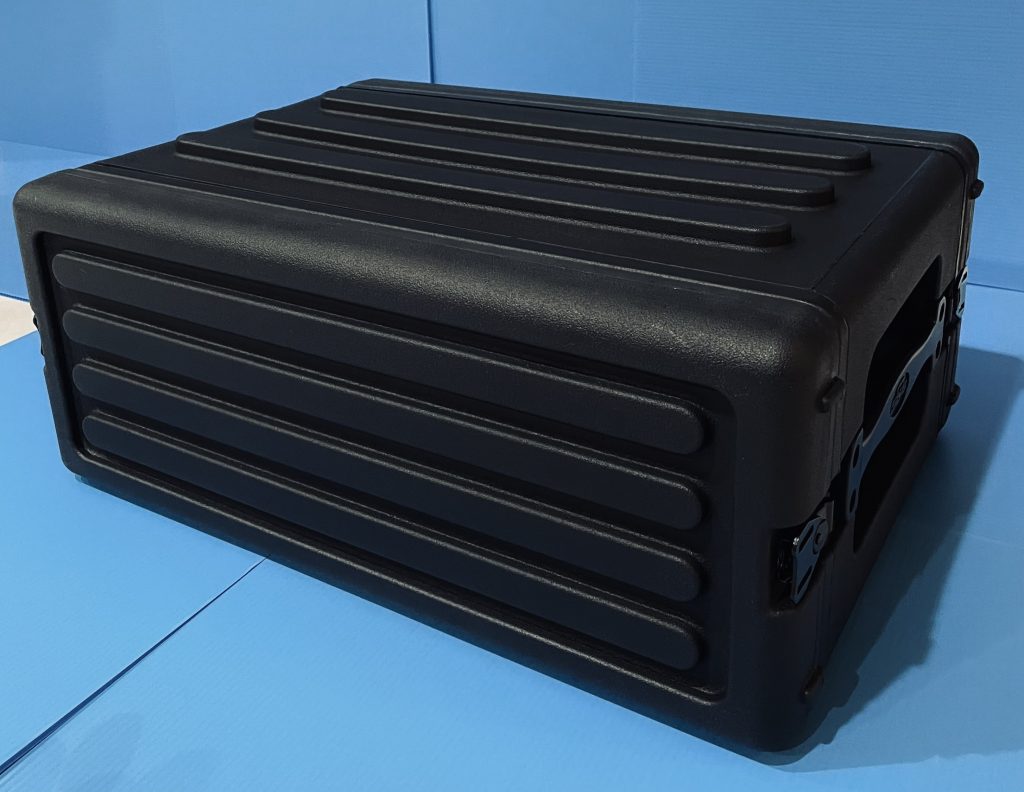HPLC is the industry standard for hemp and cannabis potency testing. It is undoubtedly the most accurate way to measure cannabis components. Certified testing laboratories only use one method to measure the potency of hemp and cannabis and that method is HPLC. All other methods fall short of being able to provide the accuracy, sensitivity, and the reproducibility that HPLC offers. HPLC is a separation technique, so the first step is to separate the components, then identify and quantify all the cannabinoids that there are in a sample. Currently there are 19 cannabinoid standards, and that number will increase overtime.

What is HPLC? What do the letters HPLC stand for?
HPLC stands for either High Pressure or High Performance Liquid Chromatography. Chromatography is a separation science.
How do other techniques fall short?
GC or gas chromatography falls short because this technique requires high temperatures that change the chemical structures of some of the cannabinoids.
How about standard or low pressure liquid chromatography?
Low Pressure Liquid Chromatography does not have the sensitivity or the resolving power necessary for hemp and cannabis potency testing. There are several reasons why Low Pressure Liquid Chromatography is not an effective technique. HPLC columns are typically about 6” long or longer and they are made out of stainless steel. The separation takes place in the column. In order to push the cannabinoids and solvent through the column, you need an HPLC pump capable of supplying 6000 – 9000 psi of pressure without pulsation. Low Pressure Liquid Chromatography (LPLC) systems usually use peristaltic pumps that by design create pulsation that at best can supply 80 – 100 psi of pressure. The systems are limited to using short fat plastic columns that are only capable of very crude separations with limited analytical quantification. There are many more reasons that LPLC systems are not suitable for this application.
Why don’t spectroscopic methods work for this application?
Spectroscopic methods include all methods that use light waves from infrared to ultraviolet. These methods work best to identify a single chemical. A spectra of a known chemical is stored in the memory. When you scan an unknown chemical, it is compared against your known spectra and when a match is found, your unknown chemical is identified. In a complex matrix such as cannabis and hemp, these methods do not work well.
If point, click and analyze sounds too good to be true it is.
In conclusion, HPLC is the only method that has the sensitivity, accuracy and resolution that is required for proper hemp and cannabis analysis.
CALL US for more information: 301-330-4266